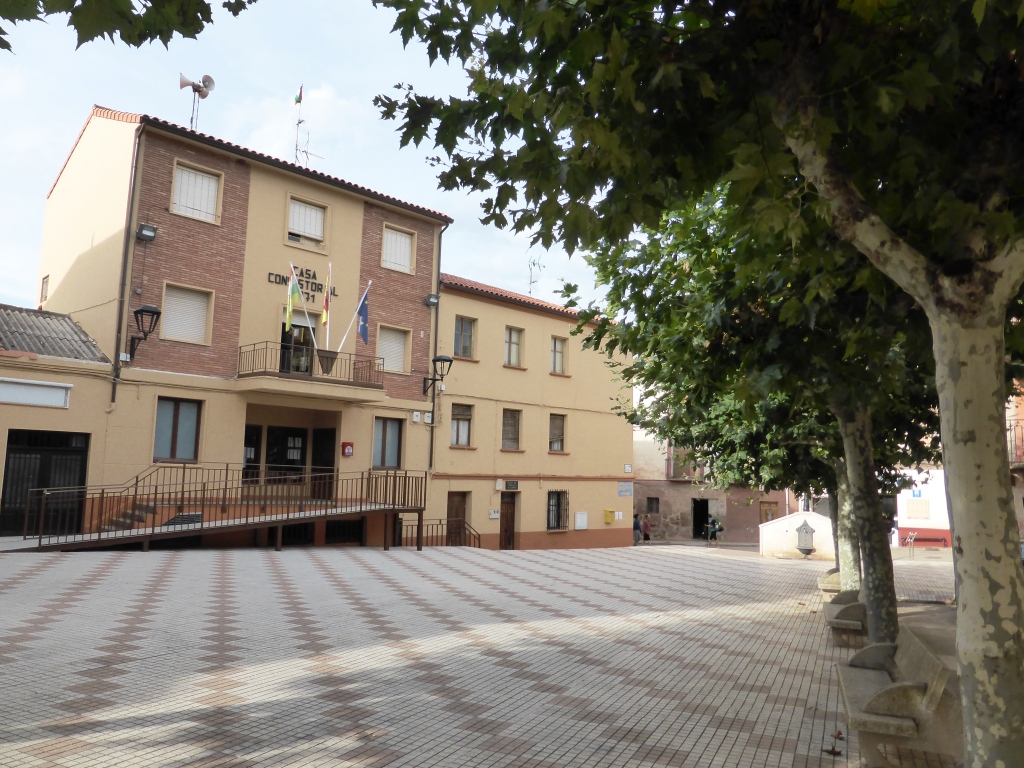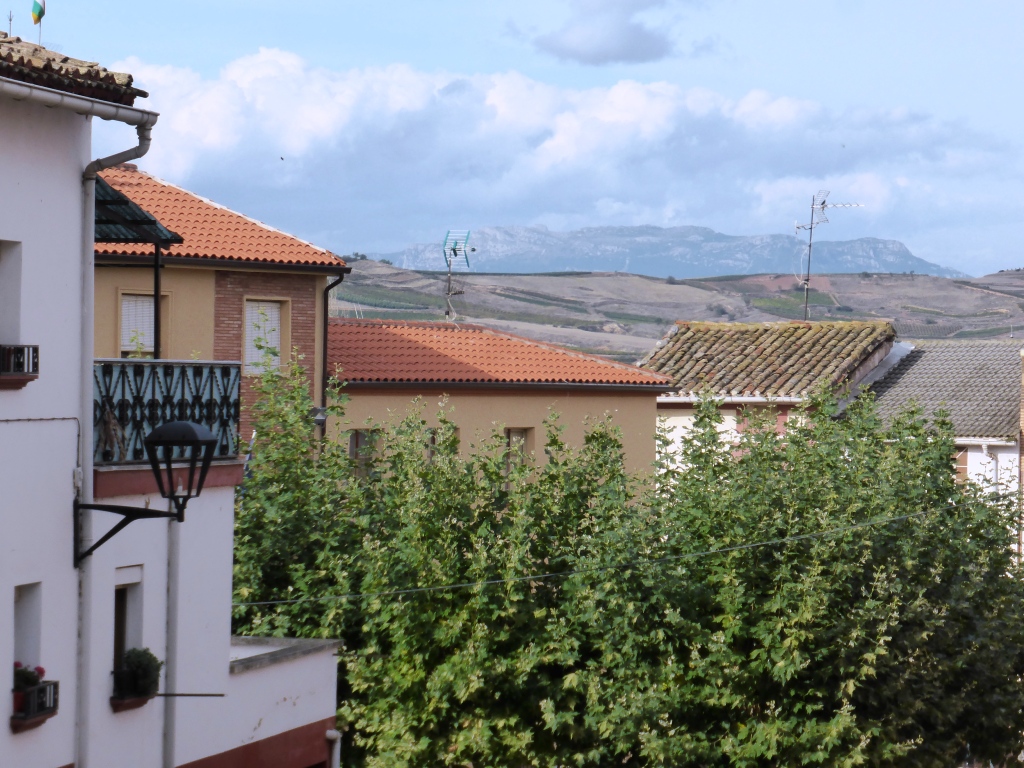Azofra, La Rioja
Azofra, La Rioja – 900 years of welcoming pilgrims.
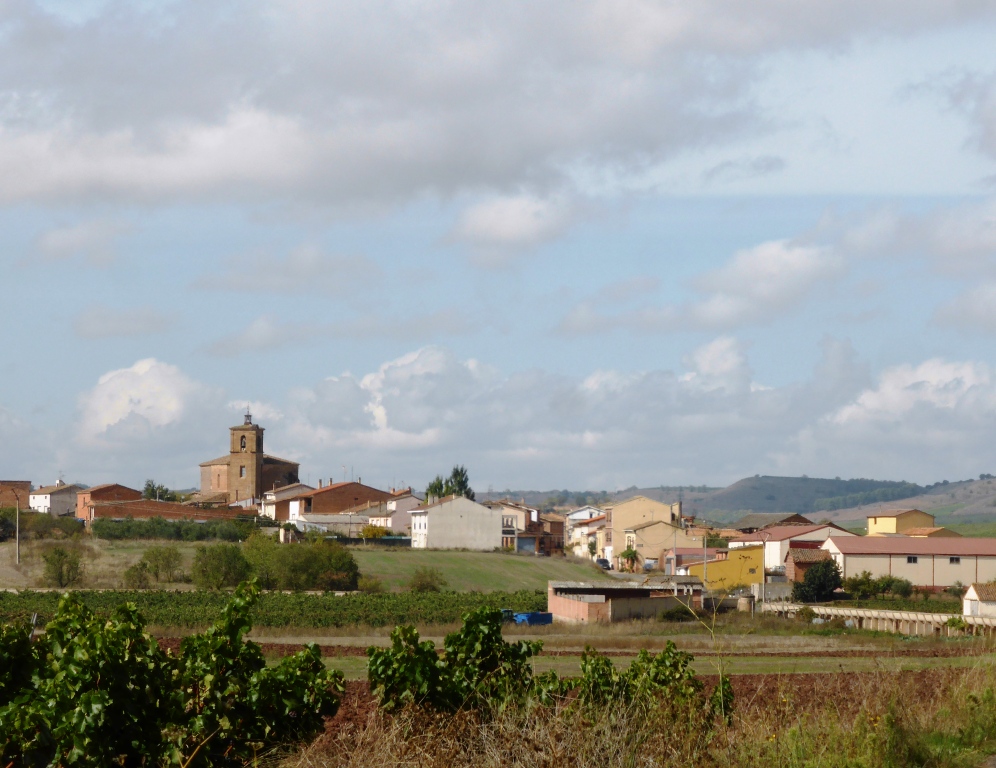
Azofra – wines and cereals
Azofra had suffered a decline in populations over recent years but not as drastic as in many parts of Spain. La Rioja is an important producer of grapes for the famous Rioja wines and cereals which put bread on the tables throughout Northern Spain.
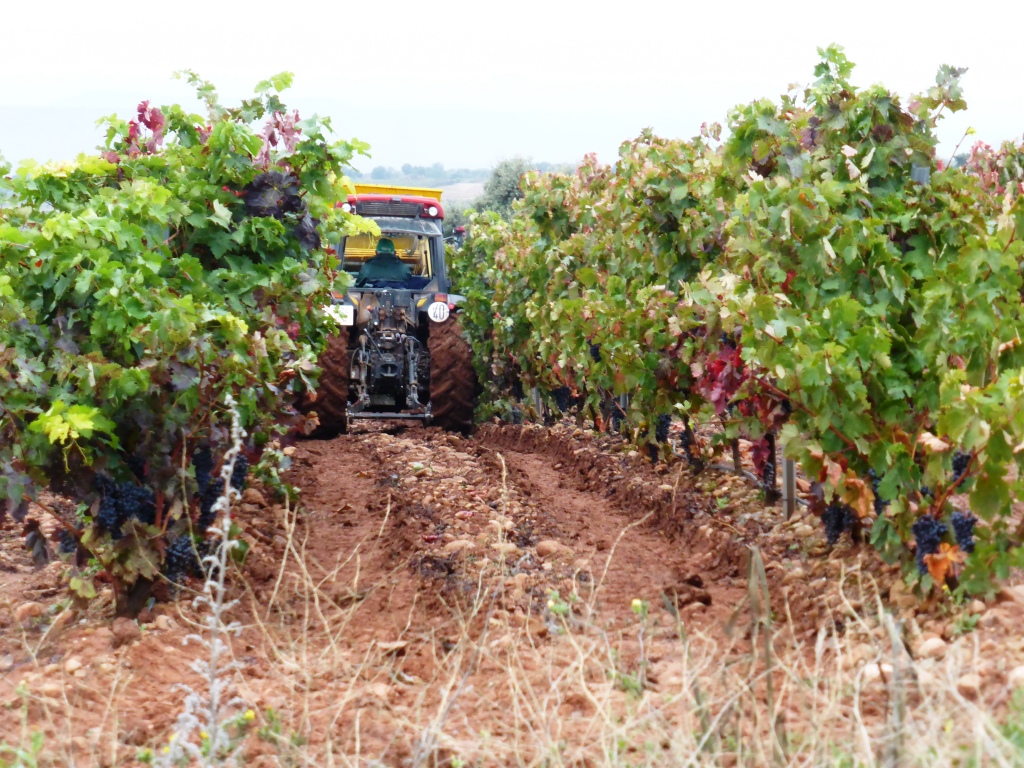
The Camino de Santiago.
Azofra was one of the first “towns” in La Rioja, accredited with the title “Villa” in 1168 AD., the year in which it opened a “Hospital” for pilgrims. A “Hospital” was to offer hospitality and today they have a Pilgrims’ Hostal with 100 beds which are in great demand throughout the year, but especially in summer.
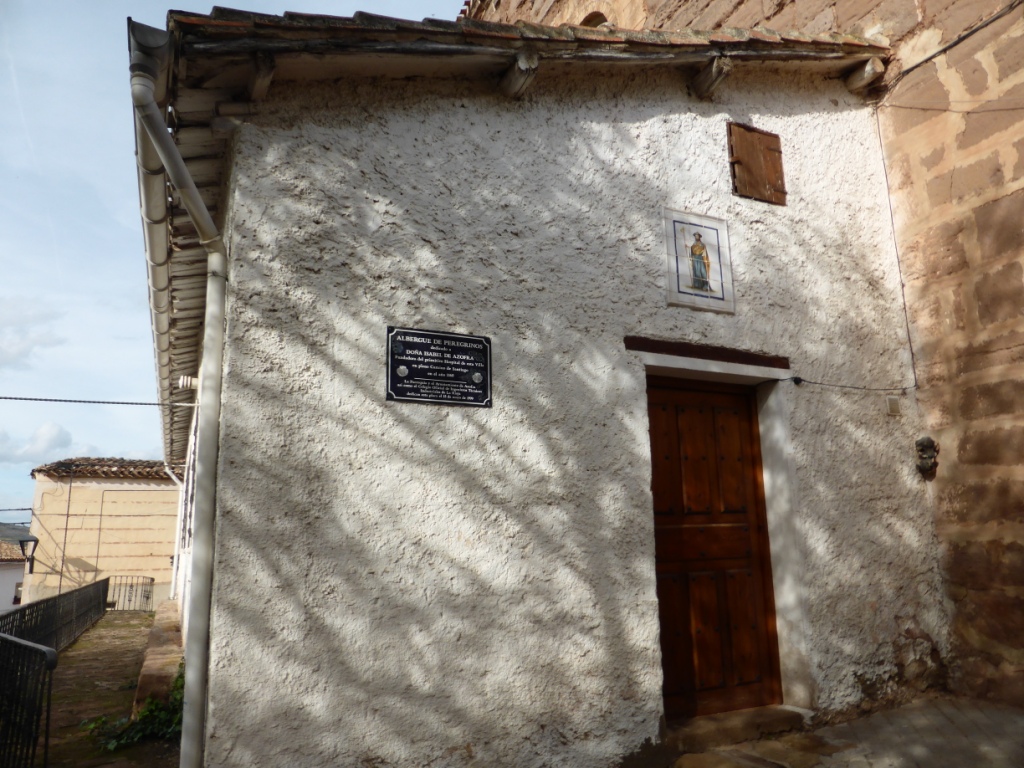
The impressive church, dedicated to Our Lady of the Angels is more recent, having been built in the 17th and 18th centuries. It has some impressive bells.
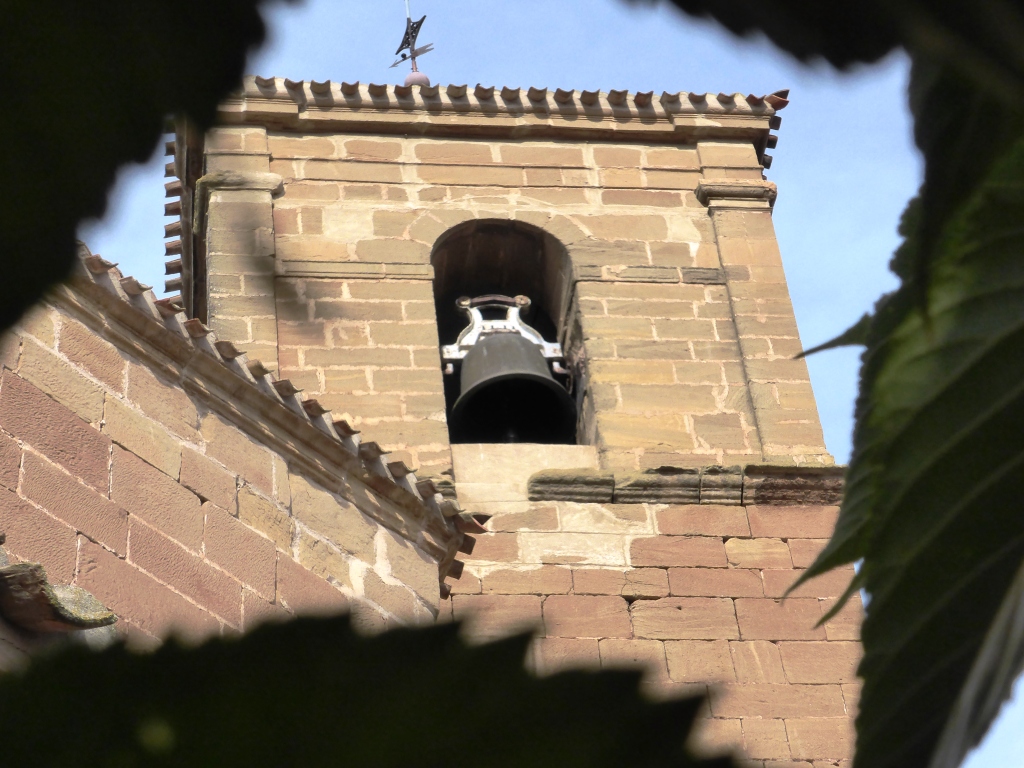
The village has some good bars which fill up with pilgrims in the afternoon and early evening and two shops which are open all day. This is unusual in Spain where the shops usually shut at 2pm for a lengthy siesta.
The Town Hall. The bars and shops are near this central square.
1360 AD The burning of the priest.
In 1360 AD, by order of King Pedro the cruel, a priest who had prophesied that the King would die at the hands of his brother, Henry. On hearing this Santo Domingo de la Calzada told the priest to go and forewarn the king, which he did, only to be burned alive for his effort. The older people of the village still remember the responsorial verse which they say at mass for this clergyman, remembered every year in the village.
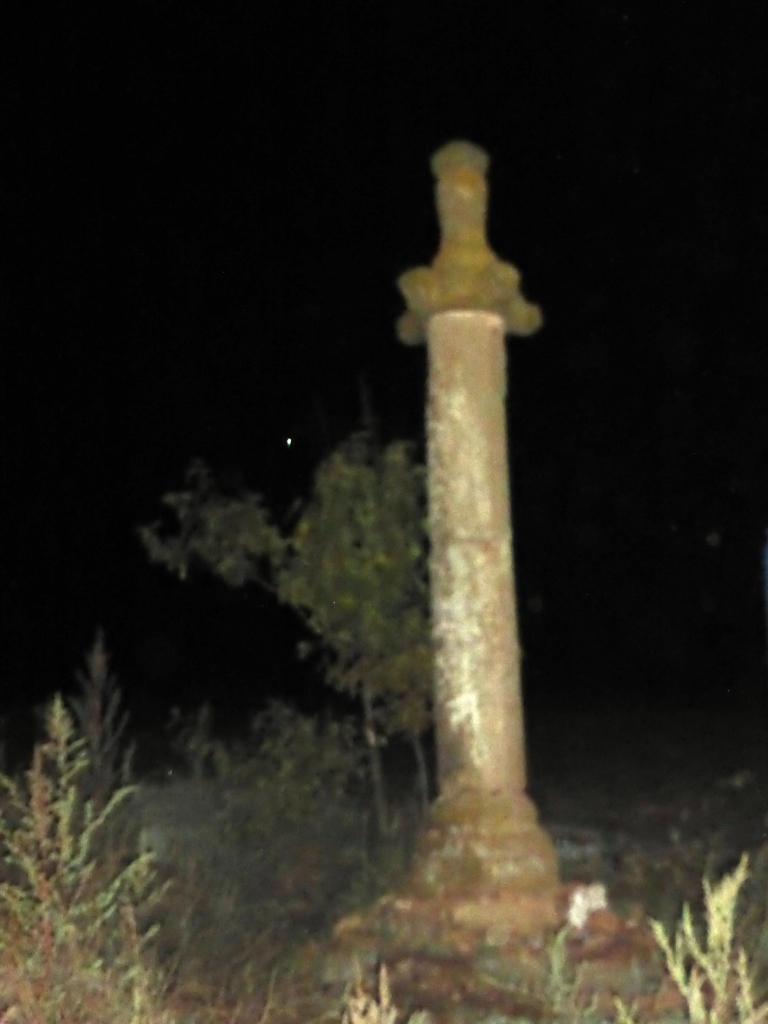
A walk around the village centre reveals some other older houses and one has a fine coat of arms on it. I suspect, however, that this is much more recent than the house.
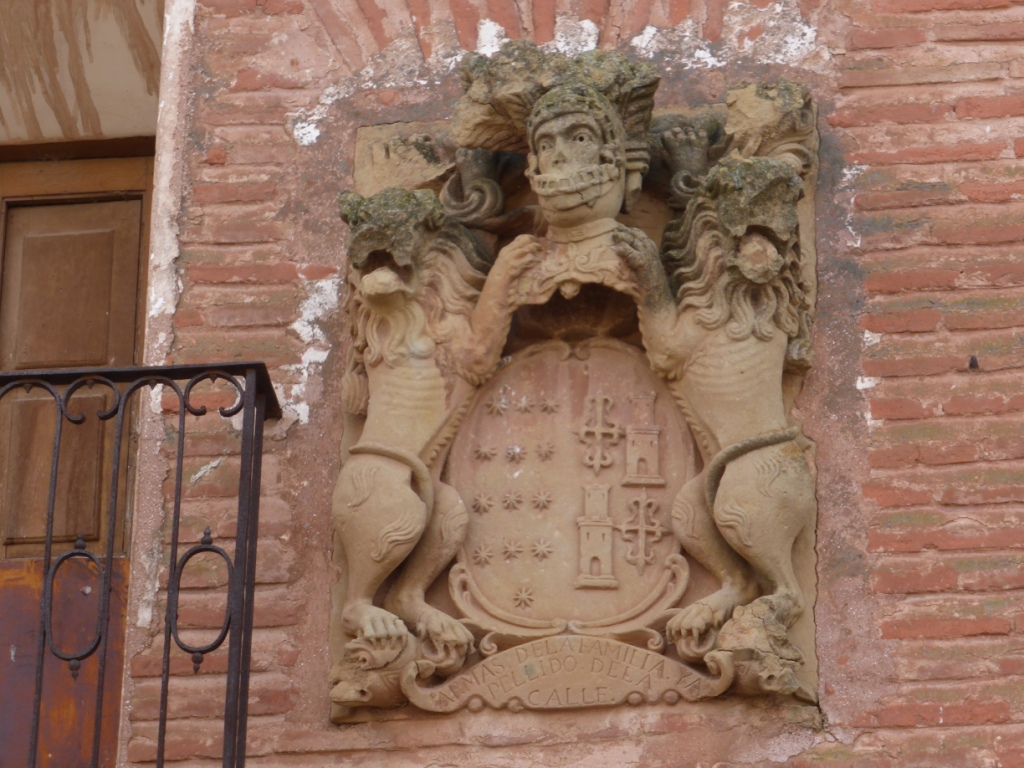
Azofra, a village in a beautiful setting.
Set among the vineyards on a small hill, Azofra has some wonderful views over the Riojan planes to the mountains which separate it from the Basque country.
The undulating lands of Azofra with the mountains of the Basque country in the distance.
An Azofran sunrise.
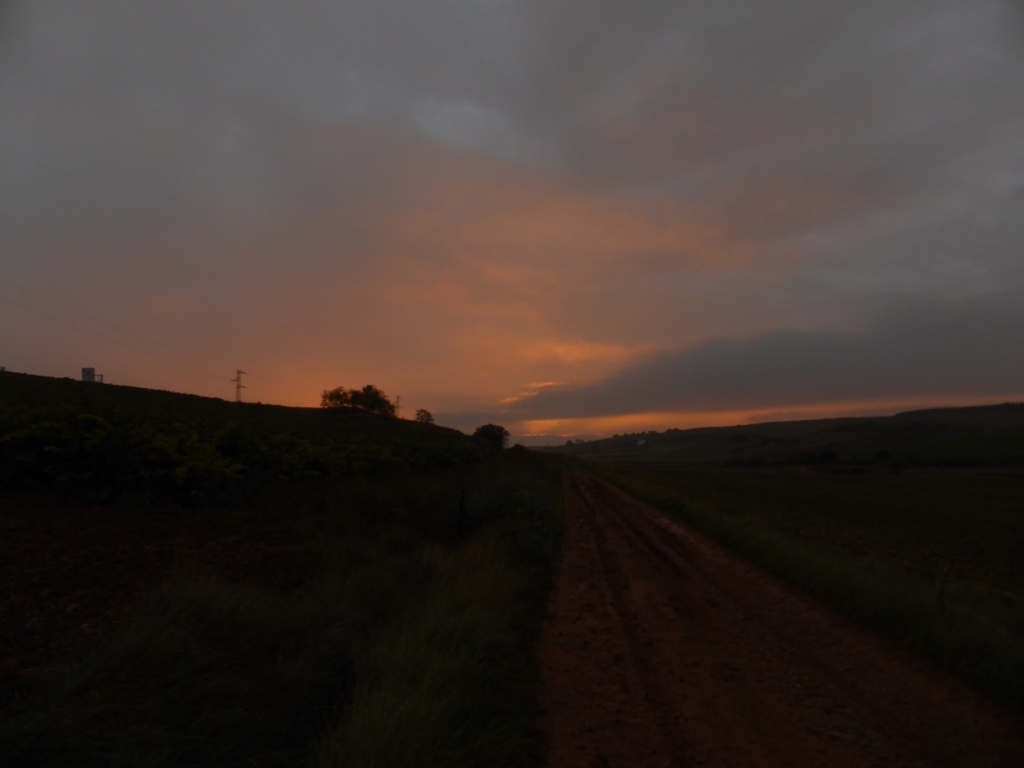
A notice taped onto the walls in the central streets, signed by the Rector of the harvest gave strict instructions on which day the different varieties of grapes were to be collected. This dawn saw the beginning of the day on which the white grapes were to be picked.

